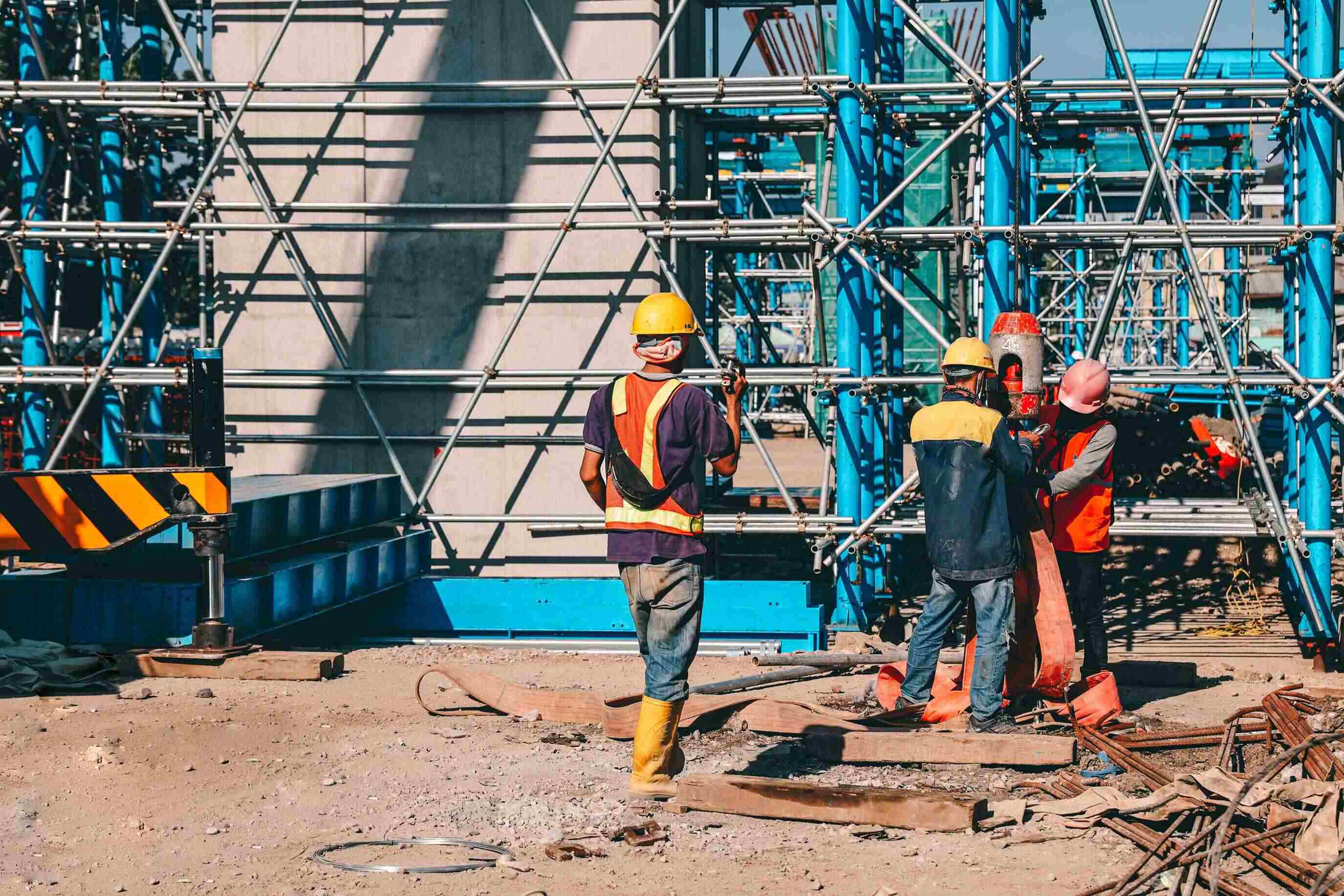The United States federal government is set to spend some serious cash on the country's infrastructure needs. A $2 trillion infrastructure proposal outlines plans to spend $621 billion on transportation and $213 billion on housing among other construction priorities of the nation.
This translates to big opportunities for contractors to land government construction contracts. If you are working construction or run a small to large contracting business, exciting times could be on the horizon.
Are you ready for where the construction industry is heading in these quickly changing times? Keep reading to learn more about construction industry trends as we creep into the second half of 2021.
1. No Shortage of Construction Jobs
According to a recent CNN Business article, America needs about a million more construction workers. The worker shortage has forced labor costs through the roof. The average wage of a construction worker now over $32 an hour.
Builders are scrambling to convince the workforce to consider construction careers. Labor jobs were once considered unattractive due to low pay and hard work. Now, these same positions offer career planning, training, employee benefits, and excellent salaries.
As government spending increases, so will the demand for skilled construction labor. It may be time for young people to consider a building career.
2. Modular Construction
Even before the labor shortages of the pandemic, prefab building projects were increasing. Building processes that offer bigger profit margins are exactly what the industry needs the most.
Prefabricated buildings need fewer people to raise reducing labor costs. Modular construction is smaller in scope. It is an affordable and sustainable solution for both office spaces and dwellings.
3. Payment Disputes
A combination of supply chain disruptions and labor shortages put many construction companies in bankruptcy.
When money is tight, payment is always a concern. Contractors, employees, and every other professional involved in the project may face delays in payment. Contractors are getting creative and even selling their lien space claims.
The construction industry is seeing unprecedented pressure from government agencies. Their goal, hold investors responsible to follow through on payment processes. We expect services such as certified payroll reporting to see high demand in the second half of 2021 and beyond.
With a lot more government projects most certainly on the way this year, many more contractors will be taking them on than ever before. The government is strict on filing certified payroll reports to ensure employees are being paid fairly. Certified payroll reports are required on government funded projects over $2,000. Utilizing a certified payroll reporting software will help your business work more efficiently and stay in compliance with government requirements.
4. Non-Residential Projects on Decline
Non-residential startup construction projects declined in 2020 and the first half of 2021. Uncertain economic times, brought on by the pandemic, are making investors wary of large real estate projects. Planned construction projects remain in limbo.
When and if the $2 trillion infrastructure bill passes things could change quickly. We will likely see non-residential projects resurrected and stronger than ever. Until then, government-backed building is likely to continue to stagnate.
At the same time, record-low interest rates on mortgages have pushed residential startups to record numbers for 2021. Many of which are multi-unit dwellings as investors look to take advantage of the seller's market.
5. Diversifying Supply Chains
The pandemic shook up world supply chains causing a ripple effect that affected every part of the construction industry. Long-term and loyal business relationships dissolved almost overnight.
It seems that everyone is reevaluating their options going forward. Startup suppliers are scrambling to fill in the gaps. All around cost increases are hitting the industry hard and there is no end in sight.
Emphasis on coordination with suppliers, subcontractors, and owners will lead to eventual stability. Construction contracts include hefty escalation clauses in hopes of offsetting unforeseen cost increases. The increase in competition for new clients will lead to better logistics.
6. 3-D Printing Technology
Automation is a recent technology megatrend, and the construction industry is not immune. Can you imagine a future where construction workers are replaced with robots? Well, that future is already here, at least in part.
Giant 3-D printers are printing out concrete structures all around the world. The benefits of this technology are mind-blowing with huge implications for the construction industry as a whole. 3-D printed buildings promise:
- Small crews the ability to build any size structure
- Around the clock operation
- Decreased construction cost
- Ability to use mostly locally sourced materials
- Decreased construction times
- Futuristic designs
The list goes on and on. Currently, the technology is still in development, but we are far past the proof of concept phase. Want to see this awesome technology in action? Check out this video covering a concrete 3D-printed house that anyone would be proud to call home.
7. Living Materials
That's right, building materials that are alive. It is a promising trend that we will see more of soon. Using bacteria and fungi promises strong and cheap materials to use in construction.
A new form of self-healing concrete utilizes enriched microbes. The bacterium creates calcium carbonate crystals. The crystals fill in the pores increasing the strength and lifespan of the concrete structure.
Another promising material is none other than mushrooms. Well, the filamentous fungi growth called mycelium. Mycelium composites provide an environmentally friendly substitute for foam, timber, and plastic insulation. The composites are resistant to water and fire damage. They are also 100% renewable materials.
Keep Up with Construction Industry Trends
There is no magic ball to predict the future of the construction industry. Yet, all signs point to both opportunity and considerable risk for the second half of 2021. Construction industry trends show promise for future innovation, building a better society.
Always be ready to take your contracting business to the next level. Points North has the solutions you need to help your business stay in compliance with government agencies. Contact us to find out more about our compliance, reporting, and data aggregation solutions.




